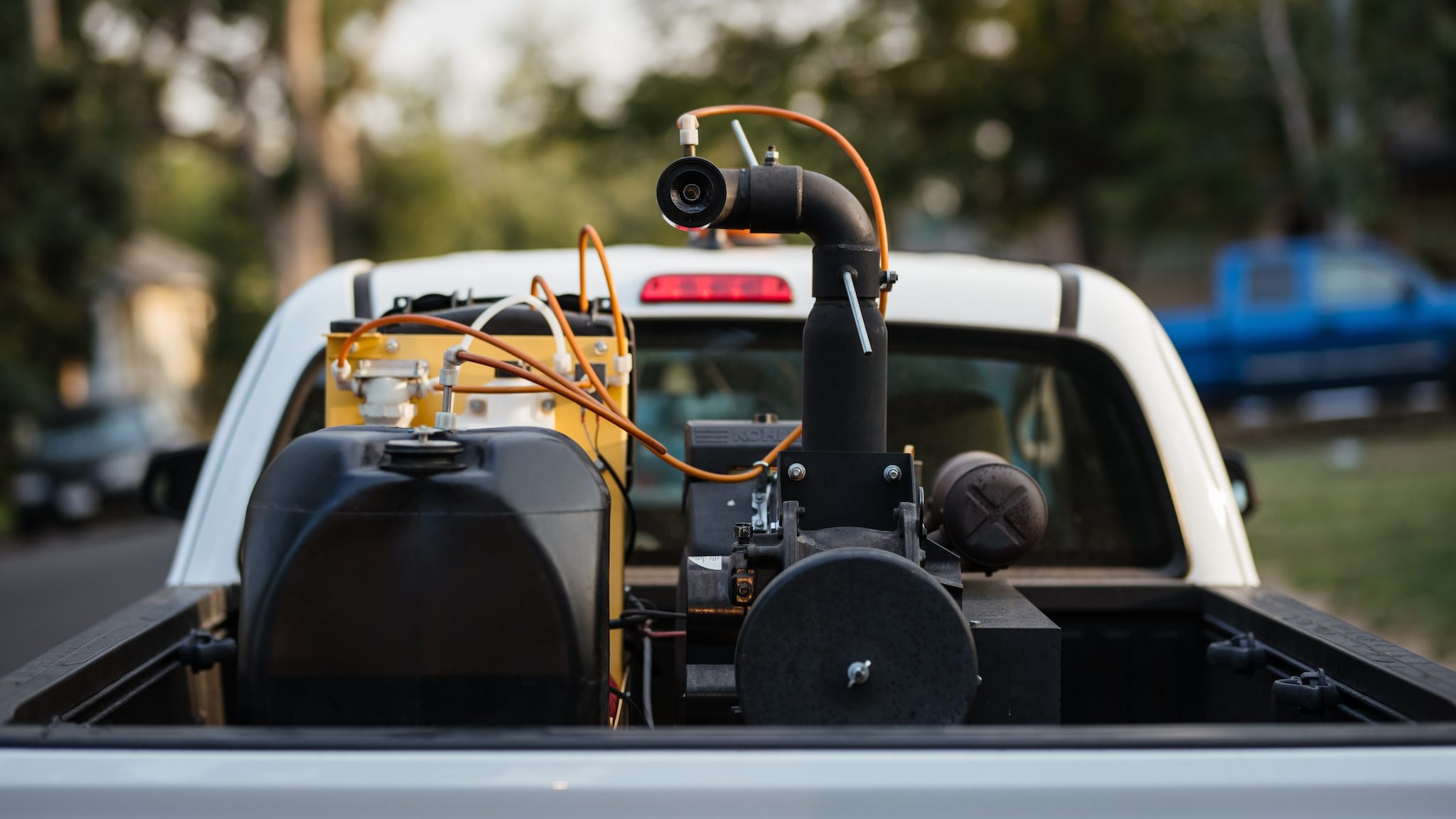What to know
In the continental United States, vector control professionals use integrated vector management strategies to control Aedes aegypti and Ae. albopictus mosquitoes.

Surveillance and control of Aedes aegypti and Ae. albopictus in the United States
Before a locally acquired case of chikungunya occurs, vector control professionals conduct surveillance to understand local populations of mosquitoes and determine what control efforts are needed.
If a travel-related case is reported or locally acquired case is suspected, vector control professionals increase mosquito control activities to reduce the number of larvae and adult mosquitoes. This can help keep mosquitoes from biting infected people, which can break the transmission cycle.
Vector surveillance and control efforts should target mosquito species that can transmit viruses. Control activities are generally similar for Ae. aegypti and Ae. albopictus mosquitoes.
